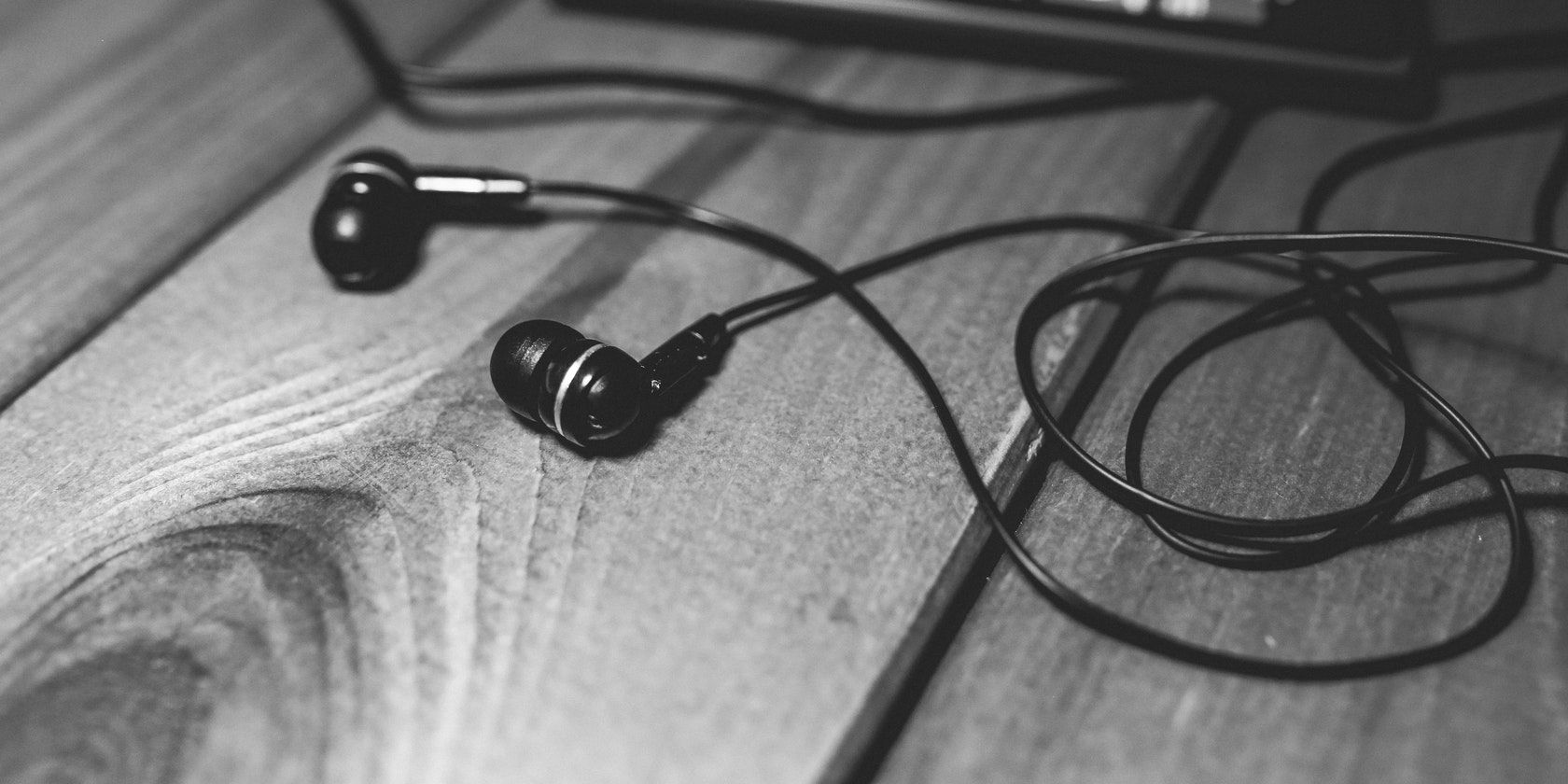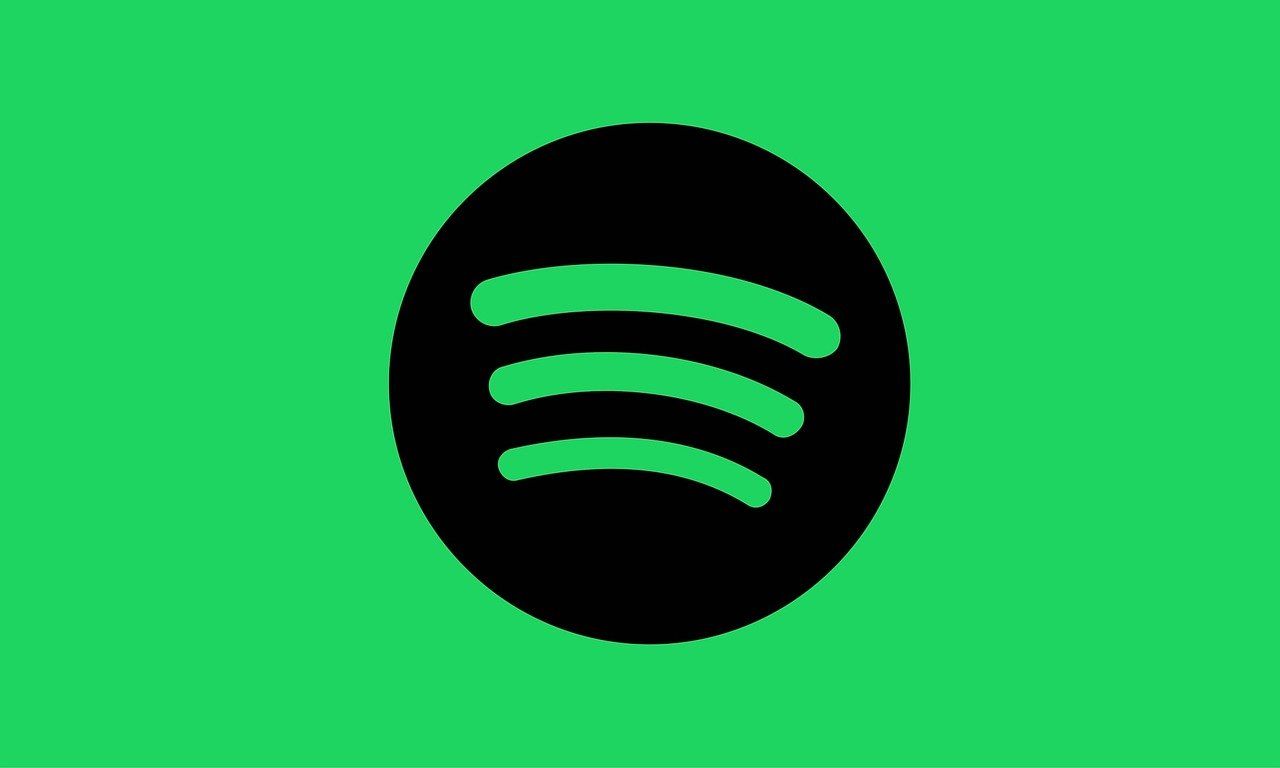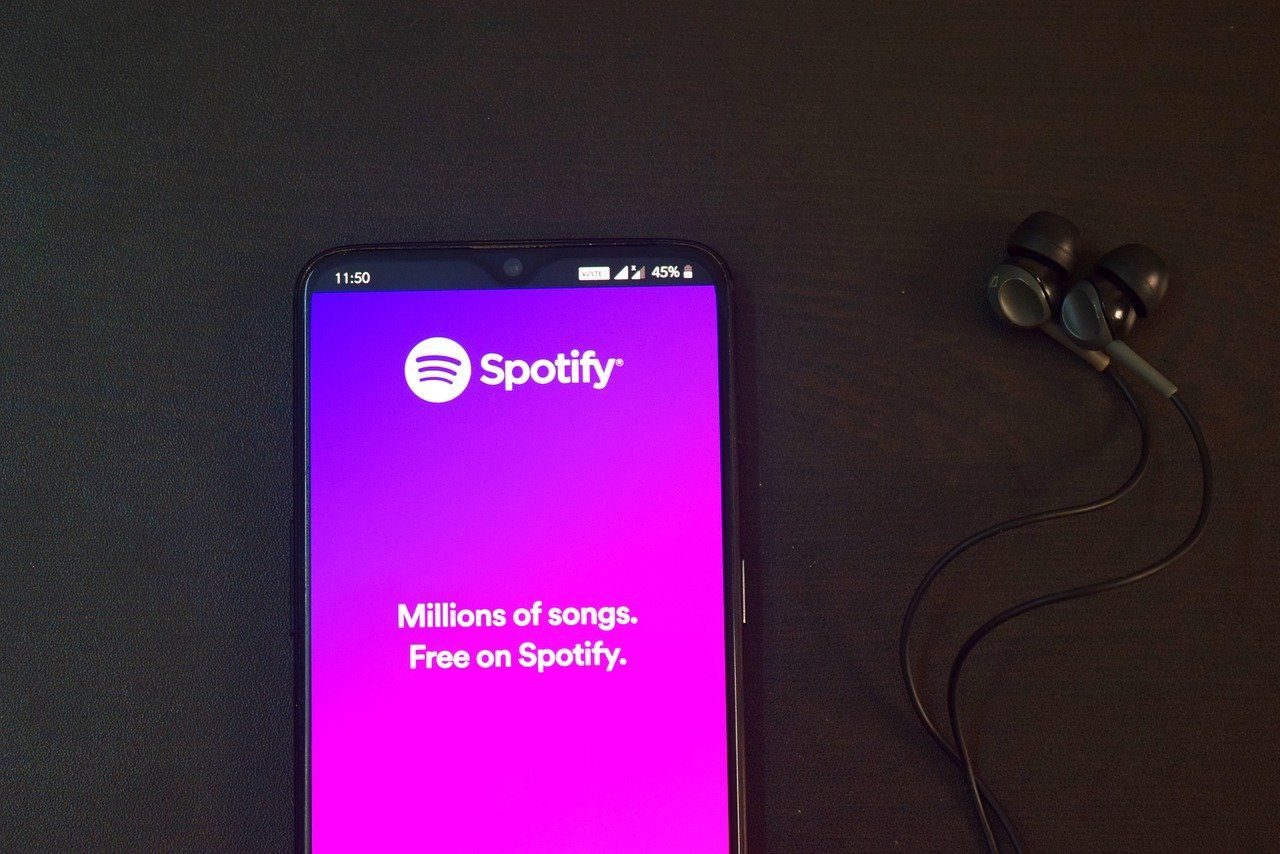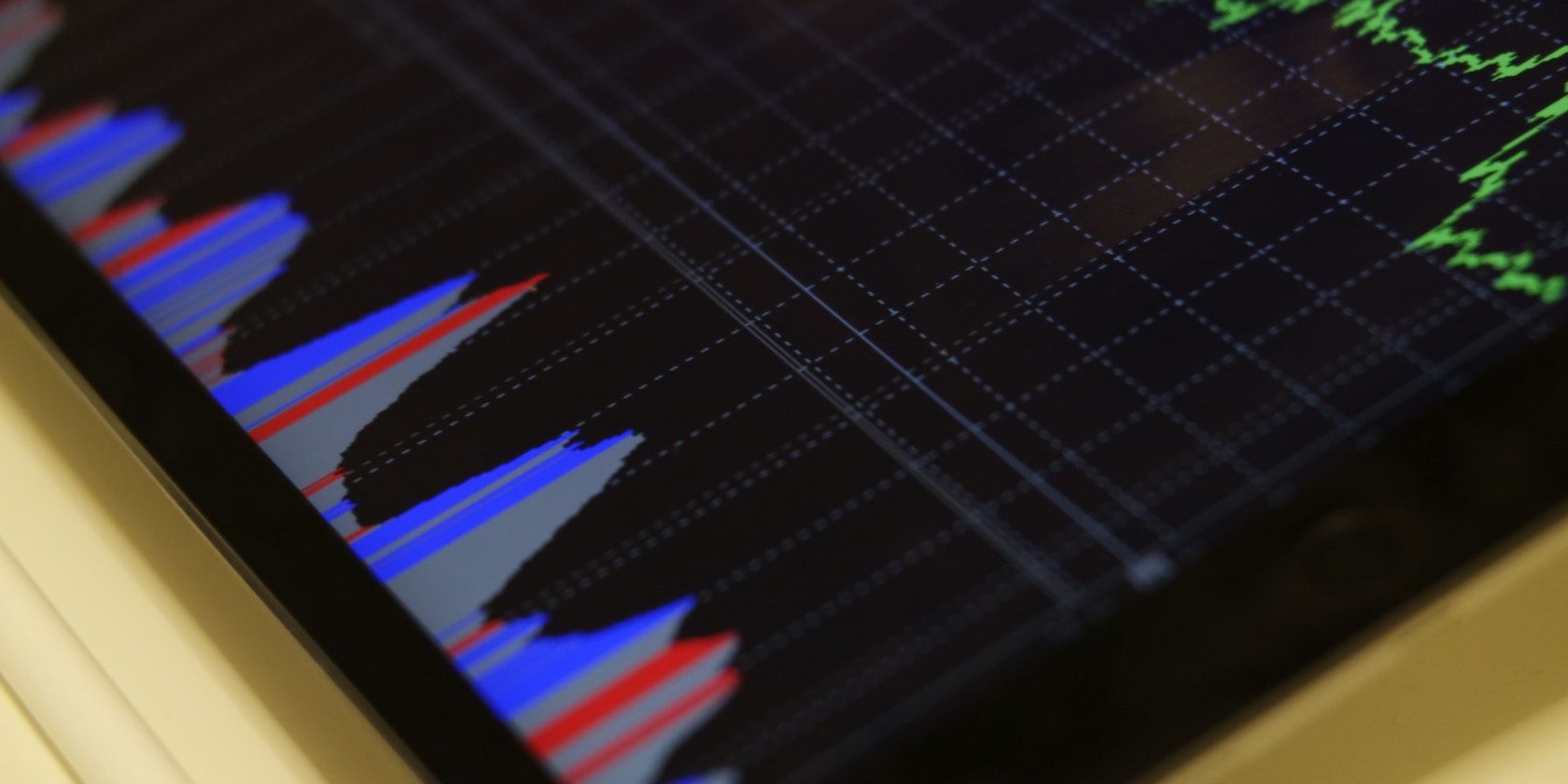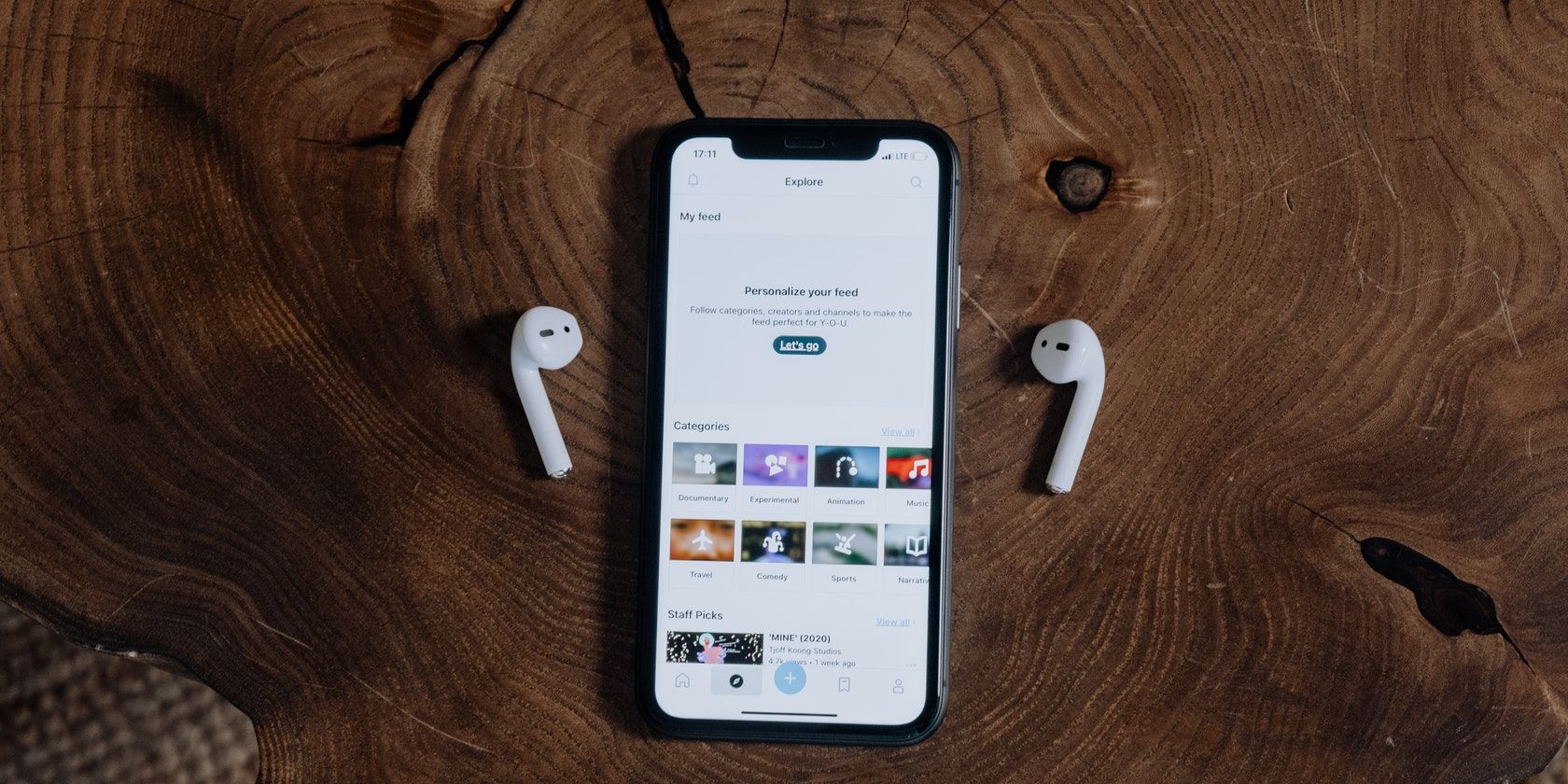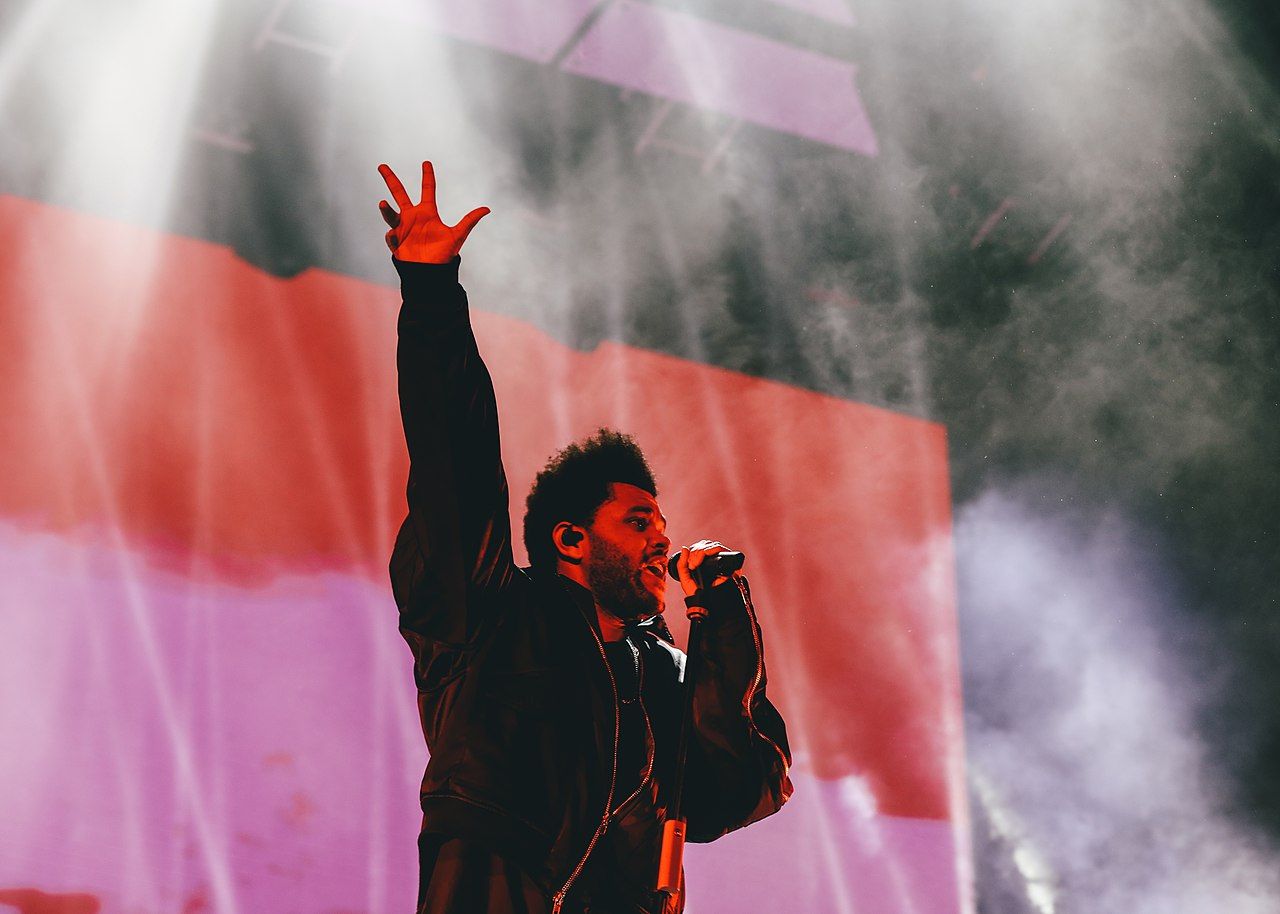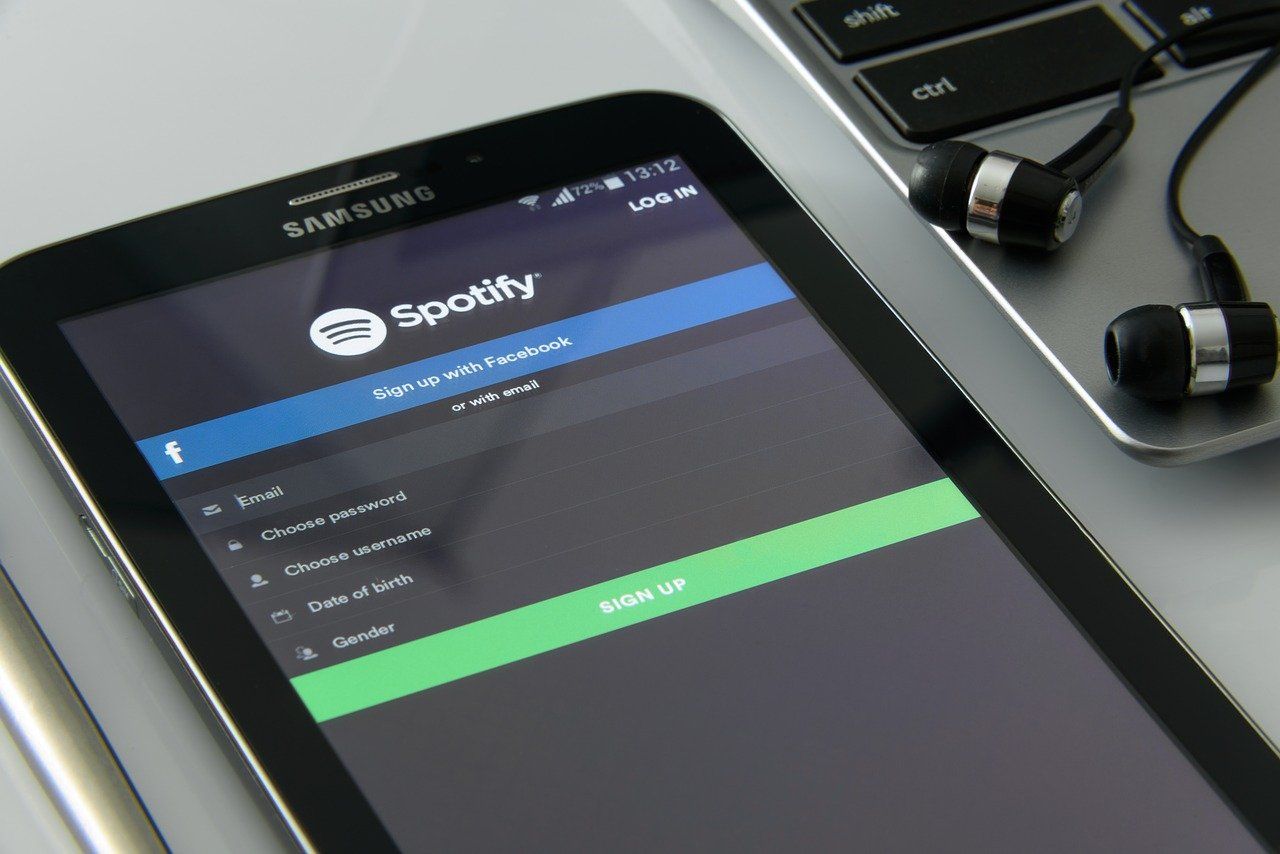Spotify is arguably the world’s largest music streaming service. You either pay for Spotify with a premium plan, or you don’t. There is the Student Plan where you pay less, a Family Plan where someone else pays, or the free option, where you stream with ad breaks in between your music.
If there are so many users who stream on Spotify without paying, how does Spotify, and the artists who are on the platform, make money?
Music Streaming Services and Spotify
Unless you have been living under a rock, music streaming services have become the main way in which we consume and enjoy music, and it is slowly, but surely, taking over the physical music sales market like CDs and vinyl records.
Currently, Spotify dominates the music streaming industry, followed by Apple Music, Amazon Music, Tidal, and YouTube Music. These little-known music streaming platforms are also great choices for many audiophiles and growing in popularity.
What each service offers seems similar, so how did Spotify manage to beat out its competitors to maintain its dominance and make money in the process?
Spotify’s Subscription Plans
Spotify has two main subscription plans, Spotify Free and Spotify Premium.
As its name suggests, Spotify Free is the first version you get when you first download Spotify on your phone or desktop. You have unhindered access to millions of songs and podcasts, but the catch is you have to listen to ad breaks in between. There is also a limit to how many times you can skip a song.
If you cannot stand being bombarded with ads, you can go for Spotify Premium, where you pay $9.99 per month. With this subscription plan, you can listen to any song with no ad breaks. You can skip any song, anytime you want, and even download songs to listen to offline. Under Spotify Premium, there is a range of packages designed to fit the needs of different users. Check out which Spotify subscription is the best for you.
So, how does this translate to profit for the music streaming giant?
How Does Spotify Generate Profit?
Spotify has two main streams of income: ad revenue and subscriptions.
With about 200 million subscribers worldwide, it’s reported that over 90 percent of Spotify’s revenue comes from its Premium subscriptions. The remaining is money from advertisements.
What is of interest here is how Spotify distributes its revenue to artists, songwriters, publishers, record labels, and other parties involved in the creative process. Here’s how its payout system works.
Spotify claims that it currently pays an artist about $0.00348 per stream on a song. For a stream to be counted, a user has to listen to a song for at least 30 seconds.
Next, after calculating the total money earned for a song, Spotify proceeds to divide the payout in the form of royalties. After paying the royalties, the remaining goes to the record label, the song's distributor or album, and finally, the artist.
But this part is also where things get complicated. How much each party is paid varies greatly and depends on factors including the existing payout agreements between a record label and its songwriters, composers, and producers; which countries the song is being streamed, and what kind of subscription service the listener is using to stream the song.
Is Spotify Actually Making Money?
In 2020, Spotify increased its number of premium users to 138 million, increasing 27 percent on the previous year.
But despite its expanding subscriber base, Spotify has actually posted losses in most financial years since its 2006 launch.
Spotify went public on the New York Stock Exchange in 2018 with an initial public offering (IPO) of $165.90, high for a tech stock. However, in the years prior to its IPO, Spotify had been operating on a net loss.
The company recorded a net loss of $26.7 million in 2009, and the number only continued to balloon. In 2015, Spotify’s revenue surpassed $2 billion for the first time, but it still suffered a net loss of $197 million.
In 2017, a year before its IPO, Spotify suffered one of its worst net losses in years with nearly $1.4 billion in pre-tax income loss.
But why do investors still bet their money on Spotify?
Streaming Is Here to Stay
The answer is simple. Music streaming has already changed the way we support our favorite artists, and it is here to stay. In September 2020, the Recording Industry Association of America revealed that in the first half of 2020, streaming generated 85% of revenue in the US music industry, whereas physical sales only made up 7%.
It is not just the music streaming industry that is significantly changing the way we consume content.
In 2020, Spotify sealed a $100 million deal with podcasting's most recognizable name, Joe Rogan, to bring over his immensely popular series, The Joe Rogan Experience, onto the platform. On top of that, it also recently secured the rights to produce Michelle Obama’s podcast.
Therefore, despite below satisfactory financial performance, music streaming services such as Spotify are still very much in demand, and the industry will only grow bigger and bigger in the next couple of years.
Most-Streamed Artists and Songs On Spotify
The most-streamed artist on the platform changes very often, but you will typically see big names like Justin Bieber, Ariana Grande, Ed Sheeran, and Drake occupy the top spots.
At the time of writing, the most-streamed song on Spotify is Shape of You by Ed Sheeran, with over 2.6 billion streams. Other top songs include Blinding Lights by The Weeknd, One Dance by Drake, Sunflower by Post Malone, and Dance Monkey by Tones and I, all of which have over 1 billion streams.
Spotify is a very handsome income stream for these artists and serves to give an extra boost to their fame. But what about lesser known indie artists who are trying to earn a living?
How Much Do Artists Make On Spotify?
Spotify’s distribution of its earnings has long been a subject of controversy among thousands of creators on the platform. With a meager pay rate and lots of cuts in the money distribution process, you can imagine how much—or how little—indie musicians receive in the end.
The algorithm on the platform does not help either. In November 2020, Spotify announced that it would be rolling out a new “experiment” to its algorithm to “[give] artists a say in how their music is discovered.”
Artists and record labels will be given the option to take a “promotional recording royalty rate,” which many understood as a lower streaming pay rate in exchange for a higher chance for their music to be noticed and listened to on the platform.
No doubt, this move received a lot of criticism from musicians in the industry. Many think that this scheme will only widen the existing inequality among artists. For example, a well-established record company will be able to afford to pay to boost the visibility of a singer under its label, but an indie musician who is just starting out their career may not be able to do the same.
Spotify’s Place in The Digital Age
Although Spotify as a company is not as profitable as we expect it to be, its existence represents something bigger: a revolutionization of how we consume entertainment in the digital age.
So long as we have access to the internet and seek convenience and affordability in tech, services such as Spotify, Apple Music, Amazon Music, and YouTube are not going anywhere anytime soon.


